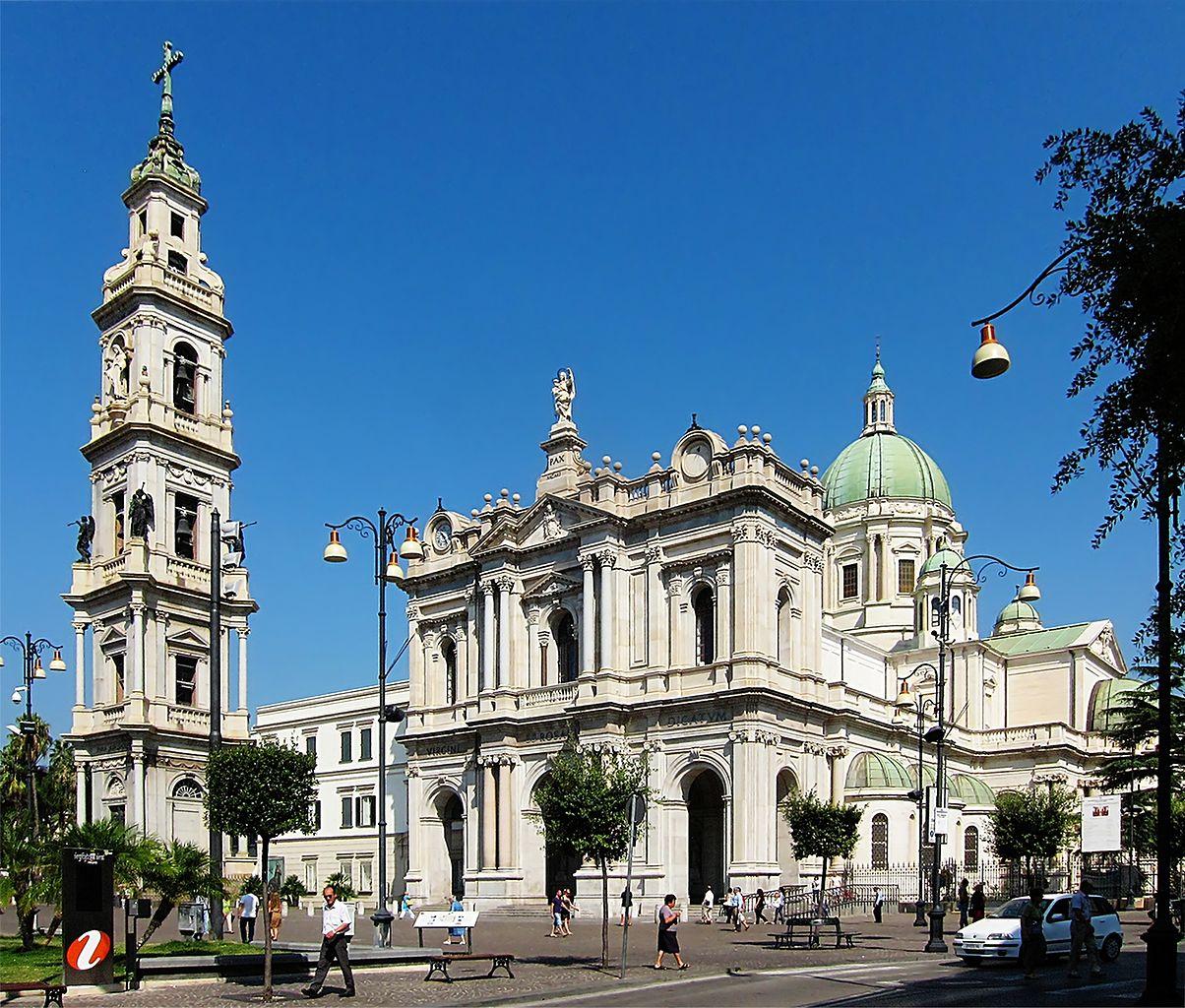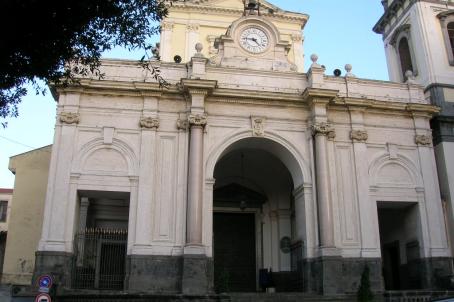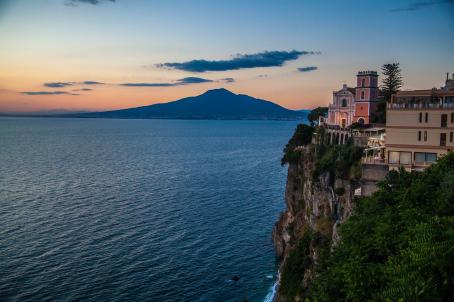Pompeii Cathedral

The Cathedral of Pompeii, or Sanctuary of Our Lady of the Rosary of Pompeii, was founded from 1876 to 1891. The building was named Pontifical Basilica. In addition to being a pilgrimage destination, the sanctuary attracts many tourists. Every year more than four million people visit the shrine, which is therefore among the most visited in Italy.





